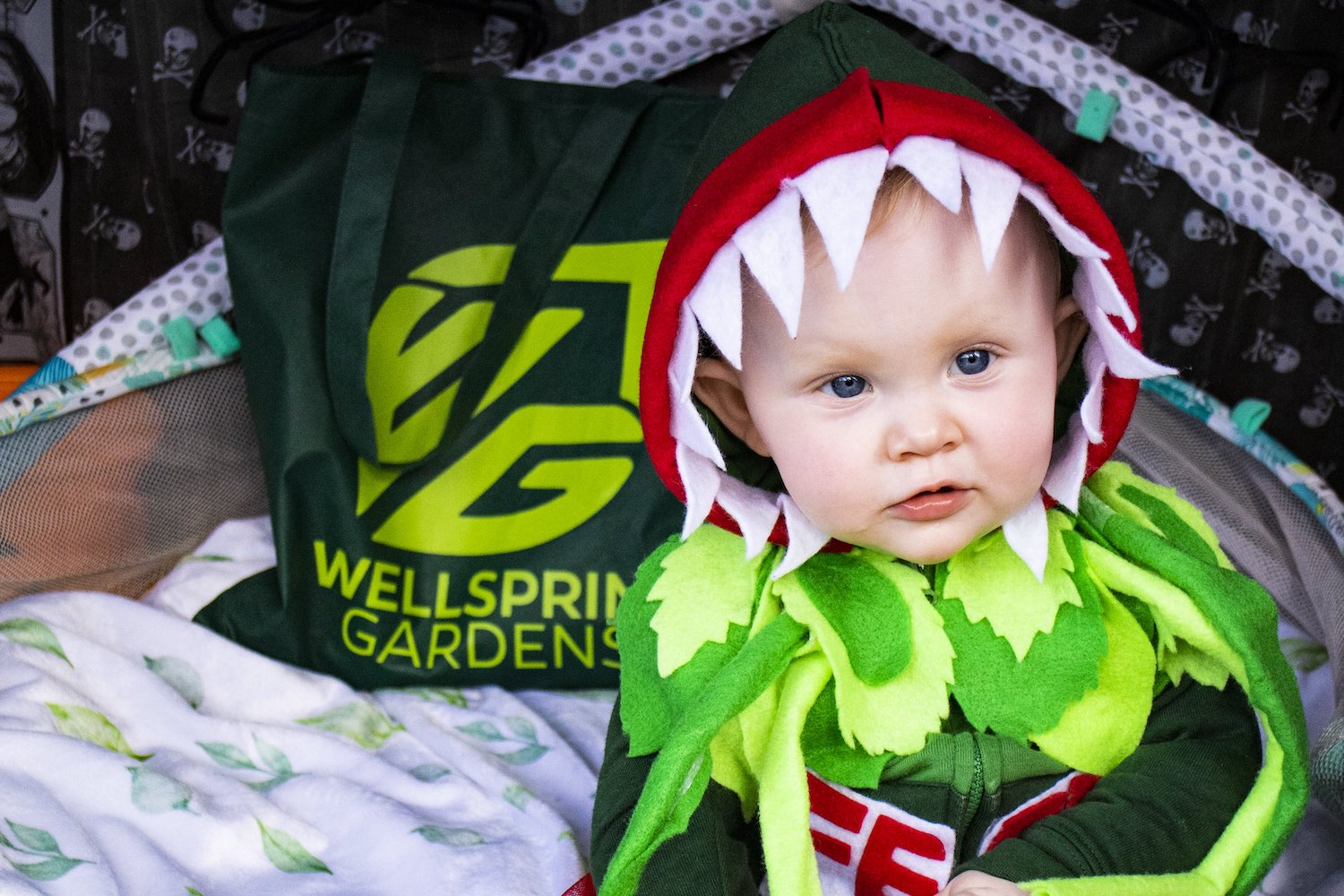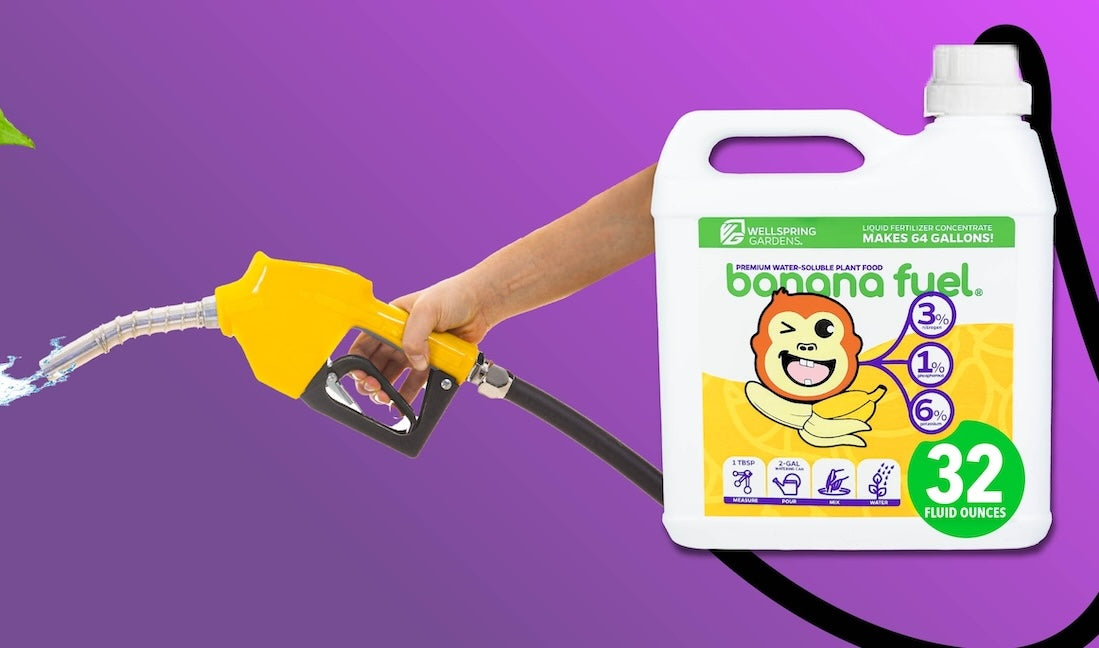Kiwi Care
Green to golden, fuzzy to smooth, sliced to scooped—kiwis take your fruit salad from normal to superb. Most kiwi plants are dioecious, which means you will need a male and a female for your kiwi to bear fruit, but there are a few self-fertile varieties, too. These woody vines are vigorous climbers that need plenty of room with a trellis or pole to climb, full or close to full sun, and sufficient chill hours to set fruit. Read on to learn about the various types, their pollinator pairs, and essential care info.
Selecting a Variety
|
Female Varieties |
Male Pollinators |
Zone |
Key Features |
|
Ananasnaja |
Any male arguta |
5-8 (400 chill hours) |
|
|
Ken's Red |
Any male arguta |
5-8 (400 chill hours) |
|
|
Saanichton |
Matua |
7-9 (200 chill hours) |
|
|
Vincent |
Tomuri |
8-9 (200 chill hours) |
|
|
Issai |
Self-pollinating/No pollinator needed |
3-8 (400 chill hours) |
|
|
Prolific |
Self-pollinating/No pollinator needed |
4-8 (300 chill hours) |
|
Kiwi Culture & Care
Plants have a culture they prefer, just like people from various countries and households have their own customs and traditions. To keep your plant happy, you don't have to live in a spot perfectly suited for the plant. You can give your plants the culture they crave by making a few adjustments. Read on to learn about the culture and care Kiwis need to thrive. If you just need a quick bullet point answer, glance at the following list. For more information, read the full deets about each point below.
- 📍 Origin: China
- 🌡️ USDA Hardiness Zones: 3-9
- 📊 Classification: Deciduous perennial vines
- 📏 Height potential: 20-35 feet (most) and 4-12 feet (Issai and Prolific)
- 🏡 Planting location: Outdoors with centrally-located males and females
- ☀️ Light: Full sun
- 💧 Soil/Watering: Well-drained, moist
- 🍴 Fertilizer: 10-10-10
- ✂️ Pruning: Summer and Winter
- ❄️ Cold weather care: Protect from extreme temperatures when young
- 🍎 Fruiting and harvesting: 3-5 years after planting
- 🕷️ Common pests: Aphids, thrips, and spider mites
- 🐈 Pet safe? Yes
📍 Origin
Kiwis (Actinidia spp.) originated as a wild fruit from China called Chinese Gooseberry. In the 1900s, New Zealand, the U.S., and Europe imported seeds and Chinese Gooseberries got a new name: kiwifruit.
🌡️ USDA Hardiness Zones
Can I grow kiwis where I live? Kiwis need a certain number of chill hours to develop fruit, so you want to ensure you live in the correct zone for the kiwi variety you select.
On each product page, we list each plant’s USDA hardiness zone. The U.S. Department of Agriculture created the hardiness map to help gardeners identify the areas in which plants tend to grow well based on past average temperatures. On the USDA's site, you can enter your zip code to identify your hardiness zone. Most kiwis are hardy in zones 5-8 but the Issai kiwi is even hardier (down to zone 3) and if you are in a Southern climate, you're in luck with Vincent/Tomuri and Saanichton/Matua which are hardy up to zone 9.
📊 Classification
Kiwis are vigorous climbing vines, and need a trellis, pole, or fence to climb. They are also perennials (garden lingo which means they don't die annually but rather live for many years), and they are deciduous (meaning they pause actively growing and lose all their leaves in the dormant season to focus on supporting the roots).
📏 Height potential
Since kiwis are vining plants, they have a lot of potential for growth. Most varieties can grow anywhere from 20 to 35 feet long. If you want to grow a kiwi in a container, the self-fertile Issai and Prolific varieties are ideal due to their 4-12 foot habit.
🏡 Planting Location
One male plant is adequate to pollinate up to 8 female plants if it's centrally located. If planted in rows, a male can pollinate 3-4 females. Even self-fertile varieties can benefit from planting a male of the same species nearby because cross-pollination increases yield. Female plants produce fruit. Male plants do not produce fruit. Issai and Prolific kiwis (Actinidia arguta) are exceptions; they do not need a pollinator.
🔆 Light
Kiwi vines need full sun or as close to it as possible to thrive.
💧 Soil / Watering
Kiwis like to be consistently moist but not water-logged. Plant in soil that drains well and allow the top 1/2 inch of soil to dry out slightly between waterings. This probably means you will need to water it 3-4 times per week once established, but that can also depend on your climate and pot size. Check out our watering guide to learn more about getting just the right amount of moisture for your plant.
🍴Fertilizer
For kiwis, we recommend fertilizing every 7-14 days in the growing season (spring/summer). Once the cooler temperatures of fall and winter hit, you can take a break from fertilizing as your plant goes dormant.
All fertilizers contain three primary nutrients: (Nitrogen (N), Phosphorus (P), and potassium (K). Kiwis thrive with a ratio of 20 Nitrogen (N), 6 phosphate (P2O5), and 9 potash (K2O) along with other micronutrients. We've got you covered with our slow-release fertilizer fuel which contains that exact balanced ratio.
✂️ Pruning
Before spring-time buds appear, prune back your kiwi plants to get rid of older, weaker branches. This will encourage new, healthy growth. It will also help the healthy parts of the vine to not be overcrowded so they can access full sun.
If your kiwi vine is unruly and you want to tidy it up, you can prune it back some in the summertime as well if desired.
❄️ Cold Weather Care
Fall sweater weather, the scent of cinnamon brooms, and the flavor of pumpkin spice emanating from the kitchen all signal the beautiful autumn leaves 🍁 we all love turning from green to a crispy orange and yellow; we know that although the leaves have fallen, the trees are still alive and well; they’re just hibernating (in plant terms, going dormant) until the spring season brings a wellspring of new life.
Compare your city’s USDA plant hardiness zone with the plant’s to see how much cold your Kiwi can endure 🥶. If you live outside the zone your plant is listed for, you’ll want to help it keep warm. The best way is to grow it indoors.
In the cold of fall and winter, kiwis go dormant and lose all their leaves, so your plant may look like it's dead, but it's not; once the season changes, new growth will appear and pretty soon your kiwi will look like it never even dropped its leaves.
Learn more in our Overwintering Guide.
🍎 Fruiting and Harvesting
Since you're starting with a plant baby, fruiting time can take anywhere between 3-5 years after planting. Kiwis fruit around late summer to early fall.
🕷️ Common Pests
🐈 Toxic to Pets?
🤔 Troubleshooting
How should I care for my Kiwi after it arrives? Please give your plant a little TLC after its journey through the mail 📬. Here are a few steps we recommend:
- Unwrap immediately to provide fresh air to the plant and soil.
- Wait a few days before exposing to full sunlight so your plant can adjust after being in a dark box for several days.
- Always protect from heat and cold because temperature extremes can be stressful or deadly for plants.
- Water. Your baby plant may be parched and even a little wilted but thorough hydration will help it recover.
- Grow out in a larger pot to increase your chances of success—i.e., a quarter gallon—Then transplant to the ground or the next pot size up once the roots fill to the bottom. This will help the plant get sufficient water and nutrients directly to the roots.
Learn more in our After Arrival Care Guide.
What size pot should I use? We highly recommend growing your baby plant out in a larger pot 🪴 to increase your chances of success
You don’t have to repot immediately, but the sooner you do, the more room it has to grow.
Here are some general repotting tips:
- Start with a pot that's 1-2 inches larger in diameter than the starter-sized pot it came in. A pint or quart would be great.
- Transplant to the next pot size up once the roots fill to the bottom.
Learn more in our Repotting Guide.
Shop Kiwis
Start or continue growing your kiwi collection with us.
Happy planting! 🪴






